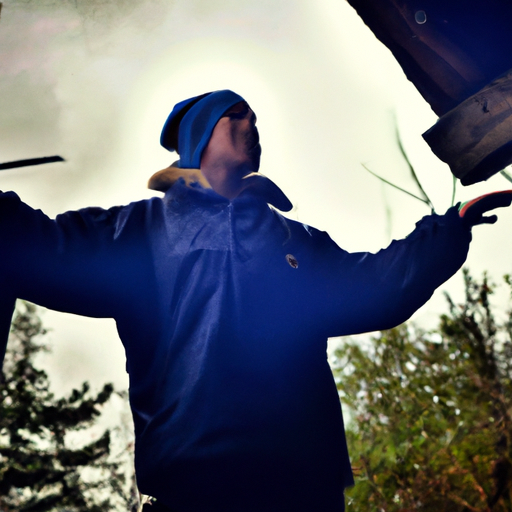Opioid Crisis: Seeking Indigenous Solutions to a Growing Problem
Hello, dear readers of this blog post. Today, I will be discussing a pressing issue affecting many Canadian communities – the opioid crisis. Specifically, I want to highlight an important article I recently stumbled upon which looks at how First Nations communities in Canada are dealing with opioid addiction issues.
Feeling the Heat: The Opioid Crisis Impact on First Nations Communities
The article brings to light the grim reality that First Nations communities are bearing a disproportionately heavy burden of the opioid crisis. The toll taken by these dangerous drugs is weighed not just in the loss of lives but also in its ramifications on the homeless situation, increased crime rates, escalating medical costs, and its contribution to the ongoing problem of poor mental health within these communities.
According to Dr Shannon McDonald, acting chief medical officer for the First Nations Health Authority in British Columbia, “First Nations people were five times more likely to overdose than others in British Columbia, and three times more likely to die.” This terrifying statistic underscores the need for urgent and informed intervention.
Implementing Culturally Appropriate Strategies: The Way Forward?
McDonald states that one of the reasons the opioid crisis has so massively infiltrated First Nations communities is due to societal vulnerabilities such as “inter-generational trauma, poverty dot syndrome and other circumstances.” To combat this, she proposes a solution that separates them from the measures being taken for the general Canadian public—the implementation of culturally specific and appropriate strategies.
For example, communities like the Fraser Salish, McDonald states, are tapping into ‘culture as treatment’. This means they are re-incorporating traditional customs and practices back into the lifestyle of those affected by the opioid crisis. In hope, this will aid in patients coping with addiction and its repercussions.
Community Intervention: Naloxone Kits
Communities have taken measures into their own hands by training individuals on the use of naloxone, a medication designed to rapidly reverse opioid overdose. By engaging community members in this intervention, they hope to save lives while longer-term solutions are being sought.
Key Takeaways
- First Nations in Canada are disproportionately affected by the opioid crisis.
- Implementing culturally appropriate strategies may be a more effective approach to mitigating the severity of the situation.
- Community-based solutions, such as naloxone training, are crucial immediate interventions being undertaken.
- Addressing societal vulnerabilities is crucial in fighting the opioid crisis in Canada.
In Conclusion
In conclusion, while Canada’s opioid crisis shows no sign of abating, there are robust efforts being undertaken to tackle it. These are not just limited to medical and legislative actions but also include grassroot level initiatives that are demonstrating much promise.
The adverse effects of this crisis, which include an uptick in homeless numbers, increased crime, and enhanced medical expense, cannot be understated. It is this multitude of implications that makes finding an effective solution ever so critical. We applaud the efforts made by these First Nations communities in implementing unique, culture-specific tactics to alleviate the issues faced and hope that they continue battling the crisis with the same resilience and perseverance.
The fight against opioids is on, and it’s imperative we all, wherever we may be from, regardless of our ethnicity or cultural background, play our part in supporting those affected and aiding in finding solutions to this devastating challenge.
Please stay tuned as we continue following this evolving issue and the different responses to it. As always, your thoughts and comments are appreciated.


